Woodland Working Parties
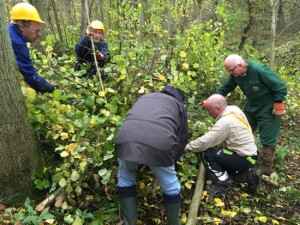 There’s been some interesting gatherings of willing volunteers on Sundays during this November and December up at Oxlip Wood.
There’s been some interesting gatherings of willing volunteers on Sundays during this November and December up at Oxlip Wood.
There’s been a great bunch of people who’ve come along having liked the idea of volunteering to benefit the woodland environment, whilst also benefitting the health and wellbeing of themselves.
I began recruiting willing participants some months earlier having floated the idea on a kind of ‘friends network’. The group that resulted came from the local village, other neighbouring villages and at least two people who thought nothing of travelling some considerable miles to join in the fun.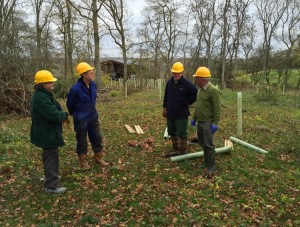
The working party days we’ve run so far have certainly seemed to capture the spirit of being a Woodland Working Party, with not only the management work that’s been achieved but the smiles being seen and increasing levels of general chat and laughter being heard as those involved have got to know one another.
Hear just what they had to say!
Now, it’s no good me just telling you about the fun everyone had,. You really need to hear it from those who’ve been involved, so have a listen to some feedback from some of the team, namely Jerry, Stan and Bonnie.
Planting new trees for the next generation
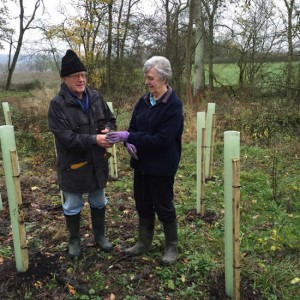 Felling of trees is all part of the natural cycle required to keep the woodland healthy, as too is the requirement for planting of new trees for the next generation. The careful selection and felling of mature trees also helps to open up the canopy, allowing greater amounts of light to reach the woodland floor.
Felling of trees is all part of the natural cycle required to keep the woodland healthy, as too is the requirement for planting of new trees for the next generation. The careful selection and felling of mature trees also helps to open up the canopy, allowing greater amounts of light to reach the woodland floor.
With greater light, greater varieties of plants begin to grow. With increased herbage, insects, butterflies and birds are attracted to make the area their home for feeding and breeding purposes.
Under our Forestry Commission woodland management plan we have are required to fell a considerable number of mature trees and then replant with new ones. Replacement of felled trees is important, but not always with the same species.
There are a high proportion of Ash trees in the wood, which we will not be replacing on account of the disease Chalara that is becoming a big issue in this country.
Because of the threat of Chalara infecting and killing many of the Ash trees in the wood we’re replacing felled Ash trees with Cherry, Lime, Oak and Hornbeam. We’re effectively planting new trees for the next generation and there’s something quite satisfying in doing that.
In the first round of new tree planing, everyone involved planted a tree in memory of someone they knew who’d died, a lovely thing to be involved with and I hope those who planted the trees keep coming back to monitor their growth.
When is a healthy tree not a healthy tree?
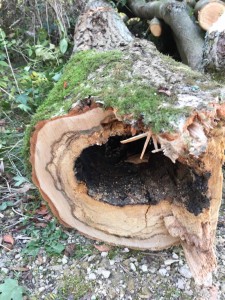 A fully grown tree might look fine and strong while standing, but when felled the truth of the matter is plain to see, as this photo illustrates all too well.
A fully grown tree might look fine and strong while standing, but when felled the truth of the matter is plain to see, as this photo illustrates all too well.
As the you can see, the trunk of the tree has rotted away in the middle., a fact that would contribute to the possibility of the tree being wind-blown in a strong gale, causing damage to other trees and possibly people too.
It’s pictures like this that drive it home how important it is to be wary of being out in woodland in very windy weather!
The need to recognise these potentially rotten trees is an important aspect of woodland management, but all too often the extent of rot inside a tree trunk just cannot be appreciated until it’s down on the ground.
Woodland management is an ongoing process, monitoring and marking trees that are showing signs of decay or are crowding, or being crowded out by other trees. Creating a healthy environment for trees is something that becomes more fascinating the longer you are involved in the process, something you take a kind of pride in trying to do well, rather like tending the plants that grow in your garden.
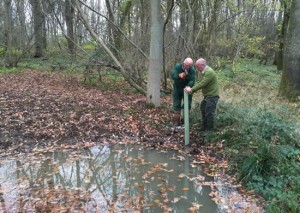 Want to join a Woodland Working Party?
Want to join a Woodland Working Party?
In the winter months we’ll be doing more tree planting and also some coppicing, where we cut down mature Hazel stems and layer them (pin them to the ground to encourage regrowth from where they touch the soil).
In summer months it’s a case of managing the plant growth, such as brambles trailing across paths as they have a growth rate you wouldn’t believe!
Particularly in the summer months we work at improving the habitat for the wildlife, for example creating butterfly bays along the main tracks. It’s very rewarding to see increases in beautiful butterfly numbers as a result of carefully planned maintenance work.

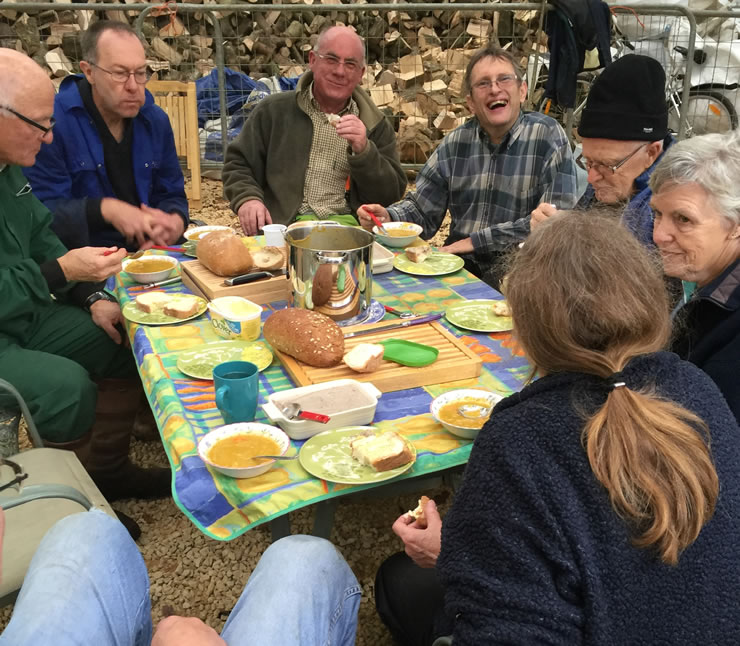
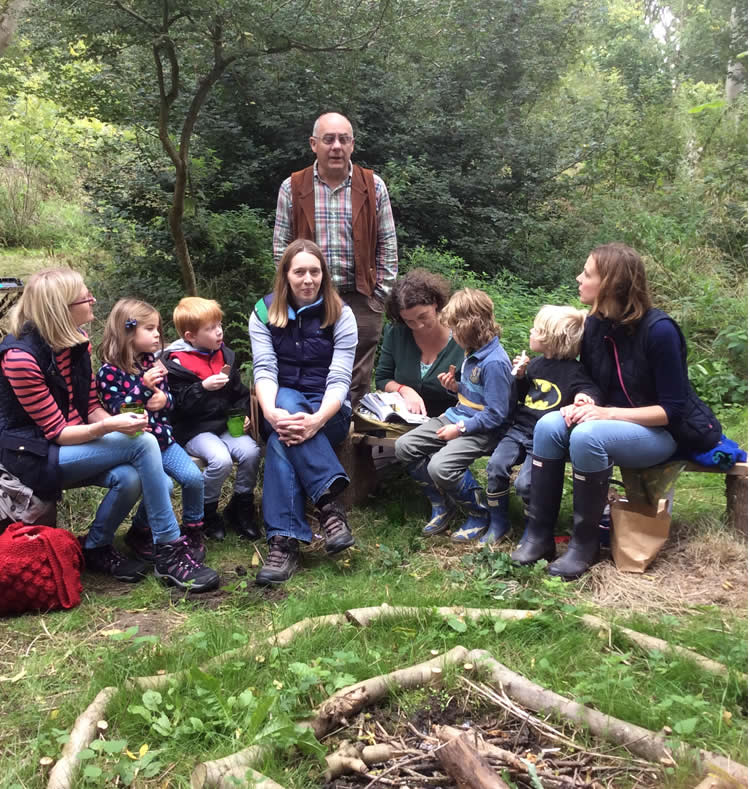

Recent Comments